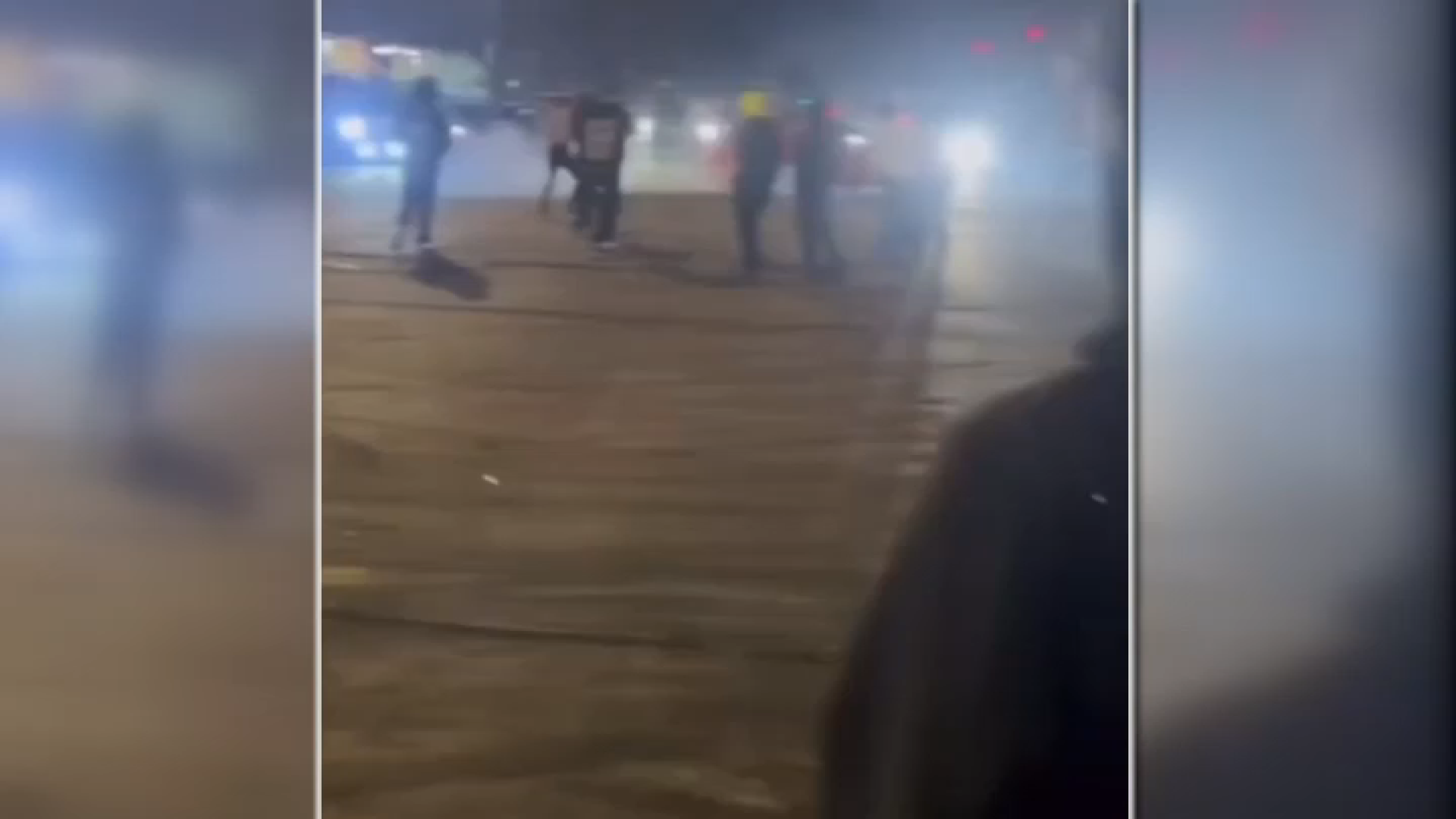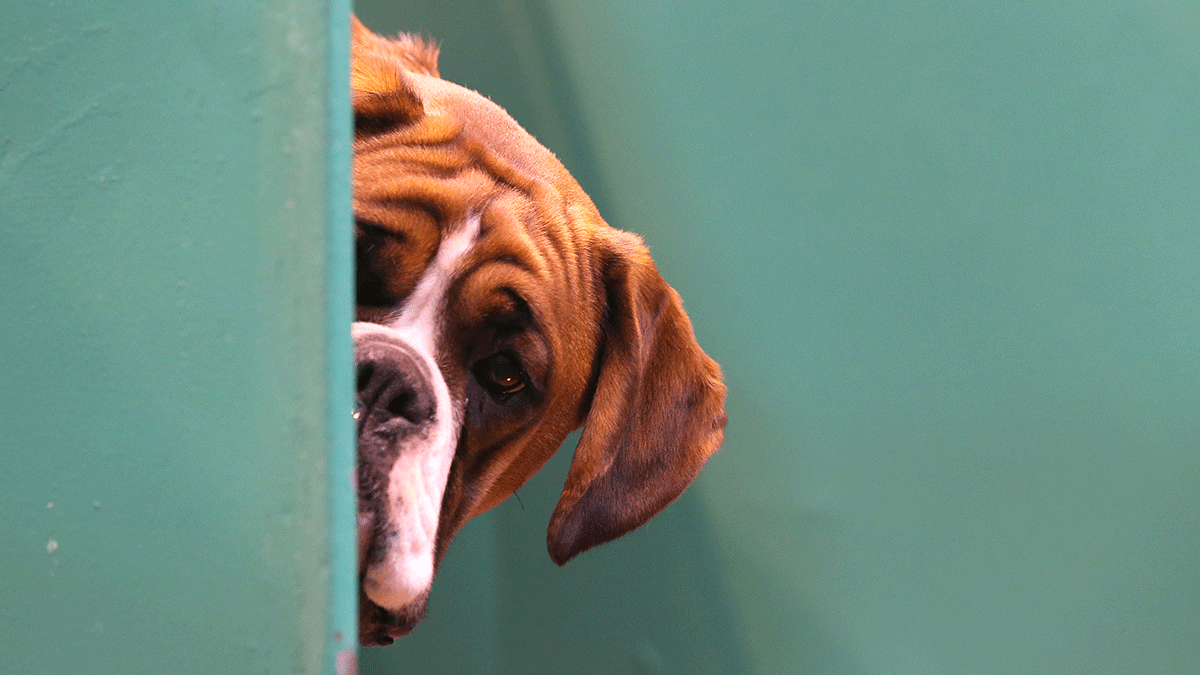A ruling might be issued as early as next month in connection with a partial meltdown that occurred more than five decades ago at a field laboratory in the Santa Susana Hills.
The accident occurred in 1959, at the height of the Cold War, when America was testing rocket engines and nuclear reactors at the field laboratory.
A cooling problem in an experimental reactor led to a partial meltdown of the fuel rods, releasing radiation. And, unlike at Fukushima in Japan and every American nuclear power plant now in operation, the experimental reactor did not have a contaiment dome to reduce radiation escape.
The extent of the accident was kept secret, causing alarm when the facts finally came out in 1979.
In federal court, Boeing has challenged the stringent cleanup requirements of California law, SB990. There could be a decision as soon as next month.
Given the disaster in Japan, the timing is uncanny, said Dan Hirsch of the Committee to Bridge the Gap. Hirsch is the UC lecturer whose students at UCLA in 1979 first uncovered the details of the partial meltdown at the sodium-cooled Santa Susana reactor.
"It is astounding that while a meltdown is ongoing in Japan, Boeing... would push to kill the cleanup of LA's own meltdown site," Hirsch said by phone from Santa Cruz, where he now teaches.
Local
Get Los Angeles's latest local news on crime, entertainment, weather, schools, COVID, cost of living and more. Here's your go-to source for today's LA news.
Hirsch said language relating to the cleanup agreement has been pulled from a bill currently going through the state legislature, and he faults Gov. Jerry Brown for not fighting that.
A 2006 study used computer modeling to estimate the extent of the radiation release and the potential impact on people then exposed to it. That study (see video) projected that over the years there have been as many as 1,800 additional deaths due to cancer than otherwise would have occurred. Boeing, which has owned the facility since 1996, has disputed the study's conclusions, contending there is no proof of health harm to anyone outside the site.
The cleanup of contaminated soil still has not been completed, highlighting the far-reaching and enduring consequences when cooling fails at a nuclear reactor.
Only last December, five decades after the Santa Susana accident, did federal and California officials sign an agreement for the federal government to clean up contamination remaining on federally owned portions of the 2,850 acre site. Both NASA and the federal Department of Energy have stakes in the Santa Susana facility.
The cleanup plans have yet to be finalized, but are expected to include hauling contaminated soil to sites specially licensed to handle radioactive waste. In preparation, Federal EPA staffers have been on-site taking radiation measurements. Besides the radiation, there is also chemical contamination from the rocket fuel testing.
Boeing was not a party to the December agreement, which applies only to the federal land on the site.
Boeing is removing soil in response to a separate order from the Los Angeles Regional Water Quality Control Board to minimize contaminated rainwater runoff during storms.
"We are also constructing a state-of-the-art water treatment system to treat storm water before it's discharged from the site," wrote Boeing spokesperson Kamara Sams in an email response to our request for an update on cleanup operations.
It is an ominous warning for Fukushima: Sometimes not even 52 years is enough time to clean up a contaminated site.



